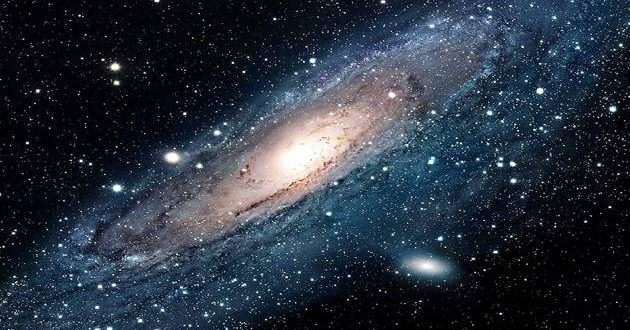Take it all in: This is one of the best views of our Milky Way galaxy ever created, with more than a billion stars and celestial objects contained in a single image from European Space Agency’s Gaia satellite.
The Gaia space probe aims to capture over a billion stars, distant galaxies and quasars to produce the largest and most detailed three-dimensional map of the Milky Way galaxy.
Nearly halfway into its mission, the probe has recorded the precise brightness, position and motion of 1,142 million stars with a tiny error of seven micro arc seconds for each star.
The new star map reveals 3,194 variable stars, where 386 stars are new discoveries. Variable stars have fluctuating brightness and can be used as cosmic yardsticks to measure galactic distances.
By capturing the details of the variable stars in the Milky Way, Gaia will be able to measure distances more accurately. The relationship between the brightness and pulsation periods of these stars will be better calibrated which can be applied to stars beyond the Milky Way.
Launched in 2013, the space probe got to work a year later. It has been circling the Sun, 1.5 million kilometres away, nearly a million miles from Earth’s orbit.
As Gaia scans the sky, light emitted from nearby stars enters two telescope lenses and a series of mirrors guides the light onto a tray of charge-coupled devices (CCD) in its camera.
With 106 CCDs and almost a billion pixels, Gaia has a high enough resolution to measure the diameter of a human hair at a distance of 1,000 kilometres.
“Gaia is at the forefront of astrometry, charting the sky at precisions that have never been achieved before,” said Alvaro Giménez, ESA’s Director of Science.
The mission requires a lot of computational power to process huge heaps of data as Gaia beams down 40 gigabytes of data a day.
It’s too much data for ESA scientists to sift through, and they have created an online portal that allows anyone to play with the data and potentially discover unknown stars with interesting properties.
Astronomers have been mapping the stars for hundreds of years. The first stellar catalogue was compiled by the Greek astronomer, Hipparchus of Nicaea, in second century BCE.
Hipparchus made measurements using his eye and the limited instruments he had to make crude calculations.
Now that technology has advanced, a lot more science can be done than just mapping the position and brightness of stars.
Gaia can also provide scientists with more information about the distribution of dark matter in the Milky Way and test Einstein’s theory of general relativity, by seeing how much light is deflected from the Sun and the planets.
Agencies/Canadajournal
 Canada Journal – News of the World Articles and videos to bring you the biggest Canadian news stories from across the country every day
Canada Journal – News of the World Articles and videos to bring you the biggest Canadian news stories from across the country every day



